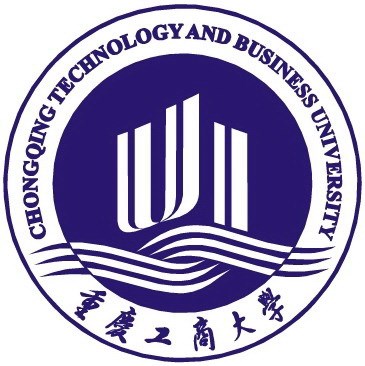利用生物质“绿碳”可以有效缓解能源危机和环境保护问题。为了实现对氧原子的有效去除,保留完整的碳链结构,并最大限度地提高不可食用或废弃生物油的碳原子经济性,课题组近期开发了一种新型的、独特的,且具有低Cu含量的壳型Cu/γ-Al2O3催化剂。以丙酮为溶剂制备的Cu含量为3wt.%的壳型Cu/γ-Al2O3催化剂(Cu-CPA)具有优异的加氢脱氧性能,在400 °C下,月桂酸甲酯(油脂模型化合物)的转化率和C12烷烃的选择性分别达87.2%和80.0%,相当于以水为溶剂制得的10wt.%Cu/γ-Al2O3催化剂的活性。溶剂的参与可以显著增强Cu物种的分散,形成高活性的加氢脱氧活性中心。金属Cu活性中心与介孔结构之间的协同作用能有效促进油脂的加氢脱氧性能。异质壳型Cu/γ-Al2O3催化剂具有独特的结构、合适的活性壳厚度和高的金属Cu活性组分利用率,使其具有高的油脂加氢脱氧活性、选择性和使用稳定性。该研究工作为生物油加氢脱氧生产可再生生物燃料提供了一个可行的思路。
Shuang Chen (陈爽), Zheng Zhang, Fengjiao Wang, Hongmei Xie, Zhaojie Jiao, Guilin Zhou*. Solvent assisted to prepare shell structured Cu/γ-Al2O3 catalyst with low Cu content for oil efficient hydrodeoxygenation to high-quality biofuel [J]. Fuel, 2024, 357, 129870. https://doi.org/10.1016/j.fuel.2023.129870
Using biomass “green carbon” can effectively alleviate the energy crisis and environmental protection problems. To achieve efficient removal of oxygen atoms, retain complete carbon chain structures, and maximize the economy of carbon atoms for the inedible or waste bio-oils, a novel and unique shell-style Cu/γ-Al2O3 catalyst with low Cu content was developed. The shell Cu/γ-Al2O3 catalyst (Cu-CPA) with the Cu content of 3 wt.% prepared by acetone as solvent has excellent hydrodeoxygenation performances, methyl laurate (lipids model compound) conversion and C12 alkanes selectivity were 87.2 and 80.0% at 400 °C, respectively, which were equivalent to the activities of 10 wt.% Cu/γ-Al2O3 catalyst prepared by using water as solvent. The participation of solvents can significantly enhance the dispersion of Cu species to form highly active hydrodeoxygenation active centers. And the synergistic effect between metal Cu active centers and mesoporous structures can promote the hydrodeoxygenation performances of oils. Active heterogeneous shell Cu-CPA catalyst for hydrodeoxygenation with high activity, selectivity, and stability was used because of the unique structure with suitable active shell thickness and high utilization rate of the metal Cu active components. This provides a feasible idea for the hydrodeoxygenation of bio-oils to produce renewable biofuels.
